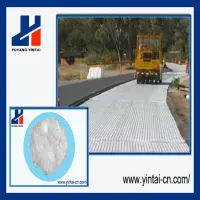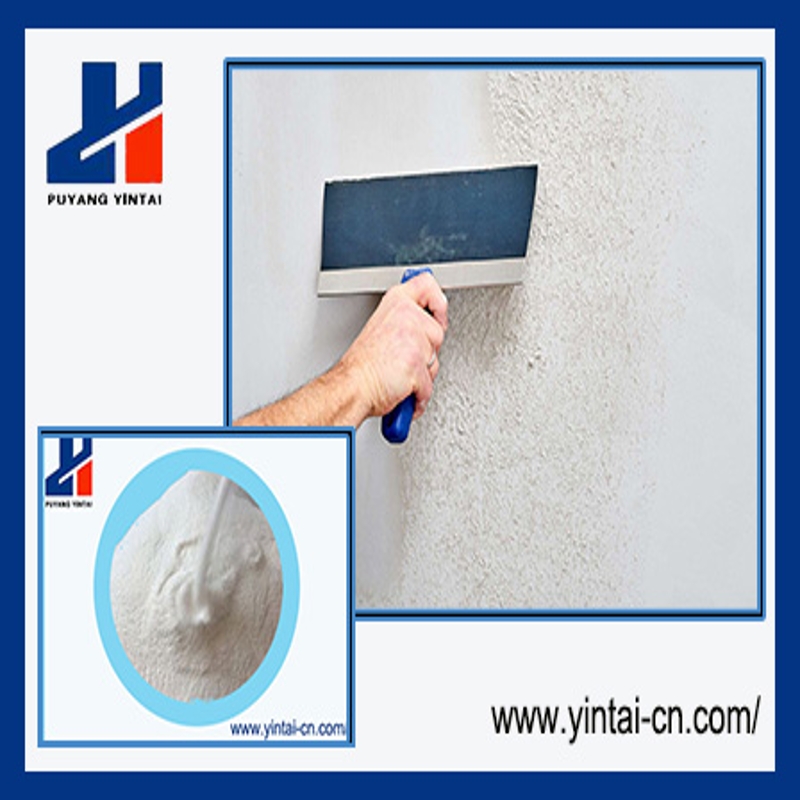-
Categories
-
Pharmaceutical Intermediates
-
Active Pharmaceutical Ingredients
-
Food Additives
- Industrial Coatings
- Agrochemicals
- Dyes and Pigments
- Surfactant
- Flavors and Fragrances
- Chemical Reagents
- Catalyst and Auxiliary
- Natural Products
- Inorganic Chemistry
-
Organic Chemistry
-
Biochemical Engineering
- Analytical Chemistry
- Cosmetic Ingredient
-
Pharmaceutical Intermediates
Promotion
ECHEMI Mall
Wholesale
Weekly Price
Exhibition
News
-
Trade Service
A few days ago, a research team composed of personnel from a number of Japanese research institutions announced that a three-junction thin-film silicon solar cell developed by them achieved a stable conversion efficiency of 13.
6%, successfully breaking the previously reported world record
of 13.
44%.
There are many different types of efficiency of solar cells, and it is often difficult to make direct comparisons
between different types of efficiency.
This study uses stable photoelectric conversion efficiency
.
Researcher Sai Tamura said that the new research has achieved two important results: first, the development of thin-film silicon solar cells with advanced light capture capabilities; The second is to achieve a photocurrent density
of 34.
1 milliamps per square centimeter on a microcrystalline absorption layer only 4 microns thick.
Sai Tamura pointed out that as long as solar cells are exposed to light, humidity, temperature, etc.
, the conversion efficiency will decay to a certain extent, so most solar cells are evaluated
by "initial" efficiency.
If the battery is a material like crystalline silicon, it is relatively stable in performance; If amorphous silicon is involved, that is, amorphous silicon, the situation will be completely different, and its conductivity will deteriorate significantly after exposure to sunlight, a property known as the SWE effect
.
Many factors can lead to light-induced degradation of silicon solar cells, and one response is to use a honeycomb structure
on the substrate.
Previously, honeycomb textures were mostly used in single-junction solar cells, which were made of only one semiconductor material and absorbed only one wavelength of light
.
In the new study, scientists have found that this structure can also be used in multi-junction solar cells, which can absorb multiple wavelengths of light and have better light-trapping performance
than single-junction cells.
To further improve efficiency, they also had fine control over the honeycomb texture and added an anti-reflective film
with a motheye structure.
To make an unbiased comparison, the researchers tested
solar cells that had been exposed to sunlight for a period of time.
The results show that the initial efficiency of this battery can reach 14.
5%, and the stable efficiency is also 13.
6%.
Despite setting a new record, the researchers believe that the battery has a lot of room for improvement, and its stabilization efficiency is expected to exceed 14%
after improving the performance of the top layer of the solar cell and solving the spectral mismatch problem.
A few days ago, a research team composed of personnel from a number of Japanese research institutions announced that a three-junction thin-film silicon solar cell developed by them achieved a stable conversion efficiency of 13.
6%, successfully breaking the previously reported world record
of 13.
44%.
There are many different types of efficiency of solar cells, and it is often difficult to make direct comparisons
between different types of efficiency.
This study uses stable photoelectric conversion efficiency
.
Researcher Sai Tamura said that the new research has achieved two important results: first, the development of thin-film silicon solar cells with advanced light capture capabilities; The second is to achieve a photocurrent density
of 34.
1 milliamps per square centimeter on a microcrystalline absorption layer only 4 microns thick.
Sai Tamura pointed out that as long as solar cells are exposed to light, humidity, temperature, etc.
, the conversion efficiency will decay to a certain extent, so most solar cells are evaluated
by "initial" efficiency.
If the battery is a material like crystalline silicon, it is relatively stable in performance; If amorphous silicon is involved, that is, amorphous silicon, the situation will be completely different, and its conductivity will deteriorate significantly after exposure to sunlight, a property known as the SWE effect
.
Many factors can lead to light-induced degradation of silicon solar cells, and one response is to use a honeycomb structure
on the substrate.
Previously, honeycomb textures were mostly used in single-junction solar cells, which were made of only one semiconductor material and absorbed only one wavelength of light
.
In the new study, scientists have found that this structure can also be used in multi-junction solar cells, which can absorb multiple wavelengths of light and have better light-trapping performance
than single-junction cells.
To further improve efficiency, they also had fine control over the honeycomb texture and added an anti-reflective film
with a motheye structure.
To make an unbiased comparison, the researchers tested
solar cells that had been exposed to sunlight for a period of time.
The results show that the initial efficiency of this battery can reach 14.
5%, and the stable efficiency is also 13.
6%.
Despite setting a new record, the researchers believe that the battery has a lot of room for improvement, and its stabilization efficiency is expected to exceed 14%
after improving the performance of the top layer of the solar cell and solving the spectral mismatch problem.







